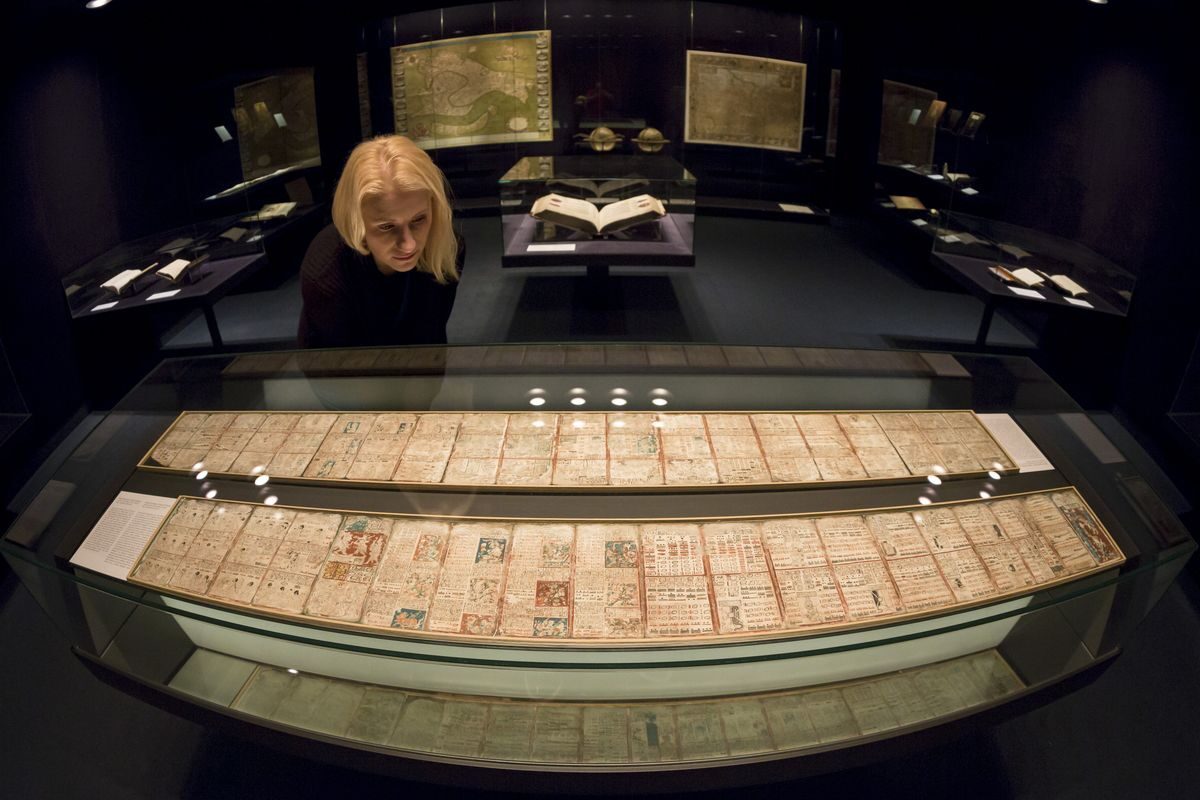
© Joern Haufe//Getty ImagesWe were thinking too small all along.
The Mayan calendar's 819-day cycle has confounded scholars for decades, but new research shows how it matches up to planetary cycles over a 45-year span. That's a much broader view of the tricky calendar than anyone previously tried to take.
In a study
published in the journal
Ancient Mesoamerica, two Tulane University scholars highlighted how researchers never could quite explain the 819-day count calendar until they broadened their view.
"Although prior research has sought to show planetary connections for the 819-day count, its four-part, color-directional scheme is too short to fit well with the synodic periods of visible planets," the study authors
write.
"By increasing the calendar length to 20 periods of 819-days a pattern emerges in which the synodic periods of all the visible planets commensurate with station points in the larger 819-day calendar."
That means
the Mayans took a 45-year view of planetary alignment and coded it into a calendar that has left modern scholars scratching their heads in wonder.
While ancient Mayan culture offered various calendar types, the one that baffled scholars the most was this 819-day calendar discovered in glyphic texts. Researchers have long believed this calendar was associated with planetary movements, especially the
synodic periods — when a planet appears visually to return to the same location in the sky, as seen from Earth — of key planets. However, each planet moves quite differently and matching up multiple planets into an 819-day span didn't seem to make sense.
But it does
when you look at it over 16,380 days (roughly 45 years), not just 819 days. That's a total of 20 819-day timelines.
Mercury was always the starting point for the tricky timeline because its synodic period — 117 days — matches nicely into 819. From there, though, we need to start extrapolating out the 819 number, and if you chart 20 cycles of 819, you can fit every key planet into the mix.
And
Mars may be the kicker for the overall length. With a 780-day synodic period, 21 periods match exactly to 16,380, or 20 cycles of 819. Venus needs seven periods to match five 819-day counts, Saturn has 13 periods to fit with six 819-day counts, and Jupiter 39 periods to hit 19 819-counts."Rather than limit their focus to any one planet," the authors
write, "the Maya astronomers who created the 819-day count envisioned it as a larger calendar system that could be used for predictions of all the visible planet's synod periods, as well as commensuration points with their cycles in the Tzolk'in and Calendar Round."
Well one has to laugh, after all, we are living in a clown world, and what is being presented as education these days